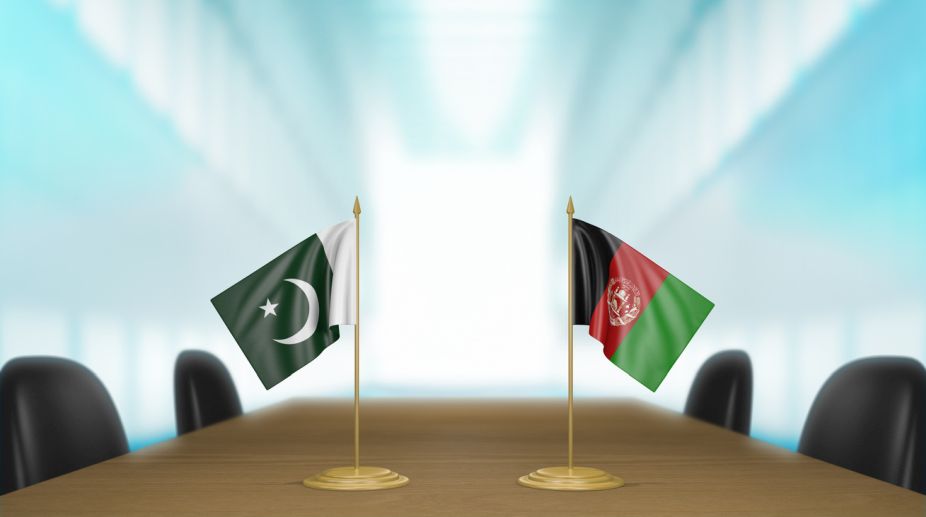Shabana Safdar Khan
The World Meteorological Organisation’s State of the Climate in Asia 2024 report delivers a stark message: climate change in Asia is no longer a future threat—it is a present crisis, unfolding at an alarming rate. According to the report, the continent is warming nearly twice as fast as the global average, with 2023 tying with 2020 as the hottest year ever recorded in the region. This acceleration is producing compounding consequences across diverse ecosystems and geographies—from the high-altitude glaciers of the Himalayas to the low-lying coastal zones of South and East Asia.
The figures paint a grim picture. Marine heatwaves now cover an astonishing 15 million square kilometres of ocean, posing a serious threat to marine biodiversity and fisheries-dependent economies. Sea level rise along the Indian and Pacific coasts continues to outpace global averages, undermining coastal settlements, economies, and fresh water reserves. Glaciers in the Himalaya and Tian Shan mountain ranges are melting at record rates, jeopardizing the long-term sustainability of river systems on which hundreds of millions depend.
In 2023, weather extremes were more intense and widespread than in any year in recent memory. Central Asia witnessed its worst flooding in 70 years, while devastating heatwaves blanketed South and East Asia, leading to heatstroke deaths, power outages, and significant economic losses. These extreme events underline a terrifying new norm for the region—one where every season brings new records of destruction and disruption.
Pakistan lies squarely in the eye of this intensifying climate storm. According to WMO data, the country experienced its wettest April since 1961, with national rainfall registering 164% above the average. This was primarily due to strong western disturbances that brought widespread thunderstorms, hailstorms, and flash floods, particularly impacting Balochistan, Khyber Pakhtunkhwa, and parts of Punjab. Scores of people lost their lives, and thousands of homes were destroyed. The anomalous spring rains quickly transitioned into blistering summer heat, compounding the impact on communities and crops alike.
Further threats loom on the horizon. The rapidly warming Arabian Sea is now fuelling increasingly powerful and erratic cyclones, endangering Pakistan’s coastline. In the north, the retreat of Himalayan glaciers is not only altering regional weather dynamics but also raising the risk of glacial lake outburst floods (GLOFs), which can wipe out entire valleys in minutes. Moreover, diminishing glacial mass endangers the country’s long-term water security by reducing dry-season river flows, on which agriculture and hydropower depend.
Despite these mounting threats, adaptation responses remain patchy and insufficient. The urgency of the situation demands not only national but regional coordination. Unless Asian governments adopt a shared climate adaptation framework—including mechanisms like real-time data exchange, transboundary river basin management, and coordinated disaster-response drills—the region will face cascading crises in food security, water availability, and ecosystem degradation.
For Pakistan specifically, the path forward must be anchored in comprehensive and integrated resilience planning. Strengthening early warning systems is critical, especially ensuring that alerts reach the “last mile” in languages and formats understandable to local communities. Urban planners must integrate climate resilience into development plans, enforcing flood-safe zoning laws and revamping outdated drainage systems to manage erratic rainfall patterns more effectively.
In rural areas, investments should target climate-smart agriculture, which includes crop diversification, efficient irrigation, and sustainable water harvesting techniques. Recharging groundwater aquifers and restoring coastal mangroves are equally vital. Mangroves, in particular, serve as natural barriers that absorb storm surges and reduce the impact of cyclones.
Perhaps most importantly, climate adaptation must be recognized as a core development priority, not a discretionary line item in national budgets. Ministries of finance need to allocate sustained and adequate resources for adaptation infrastructure, public education campaigns, and community-level initiatives. Climate resilience must be treated not just as an environmental issue but as an existential imperative that touches every aspect of national planning and governance.
The reality is now unavoidable: climate disruption is no longer an exception, but the backdrop to development in Asia. For Pakistan and its regional neighbours, surviving this crisis will require a shift from reactive responses to proactive, sustained, and cooperative climate action. Only then can the region begin to secure a livable future amid a fast-changing planet.














